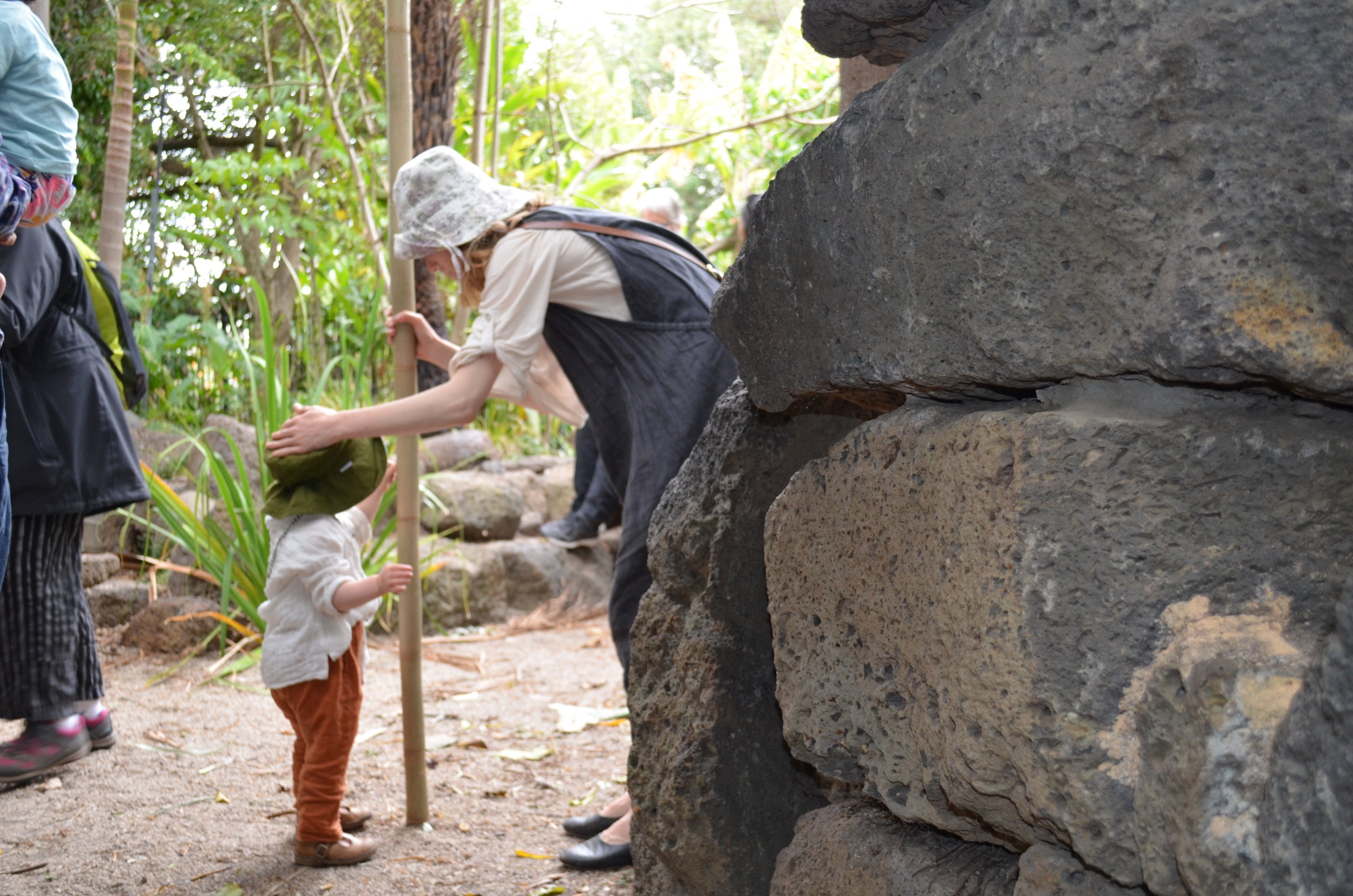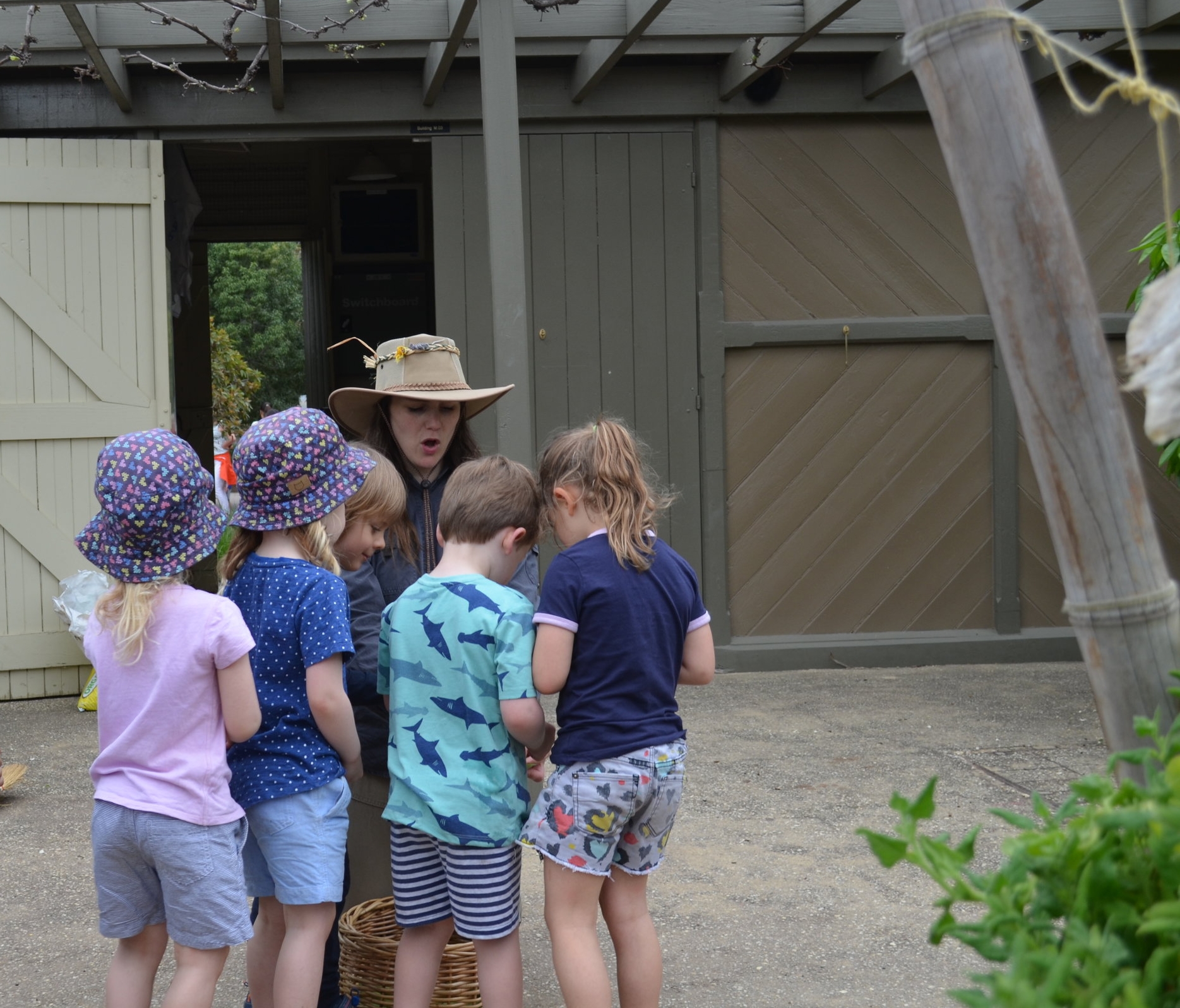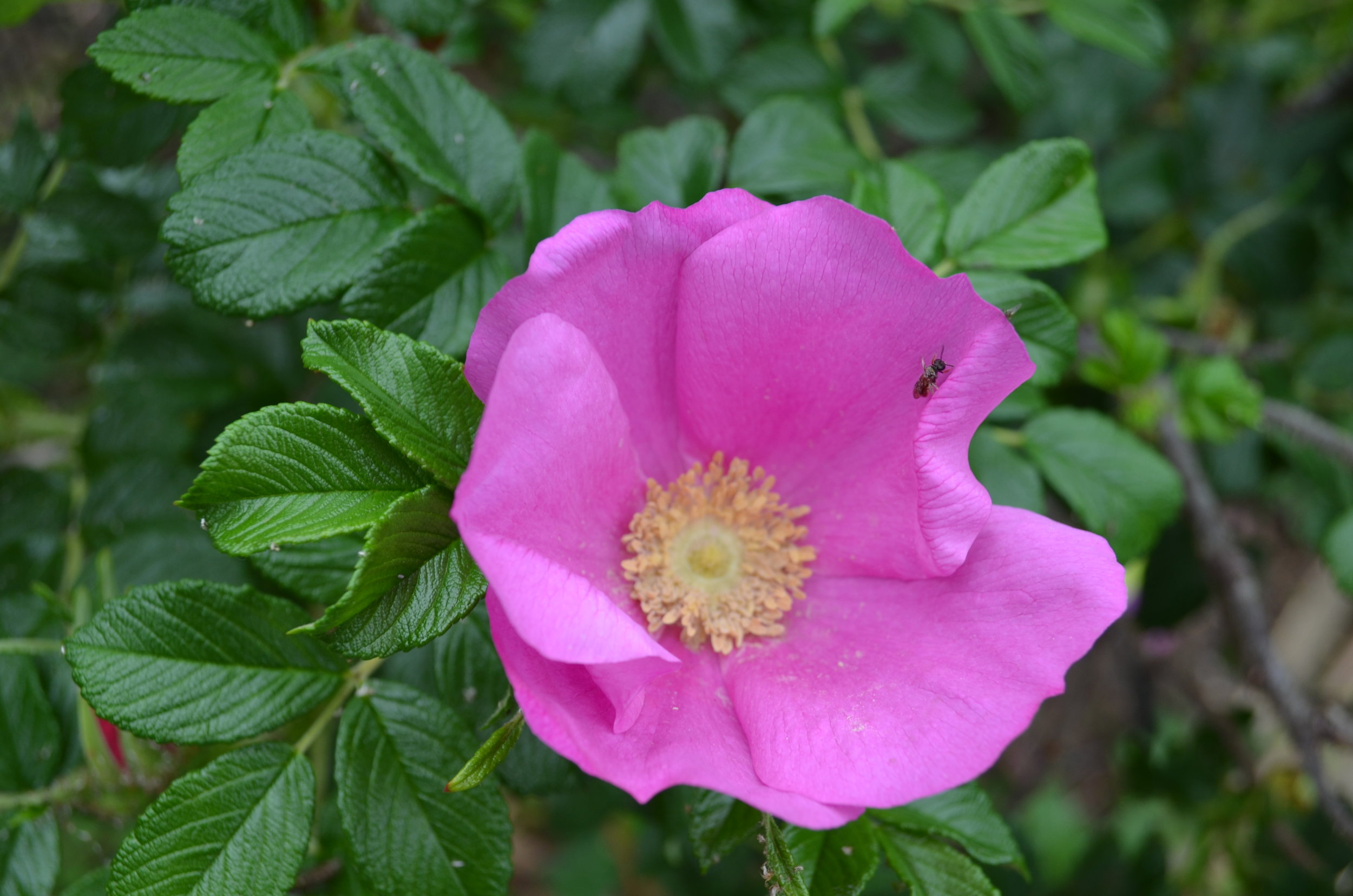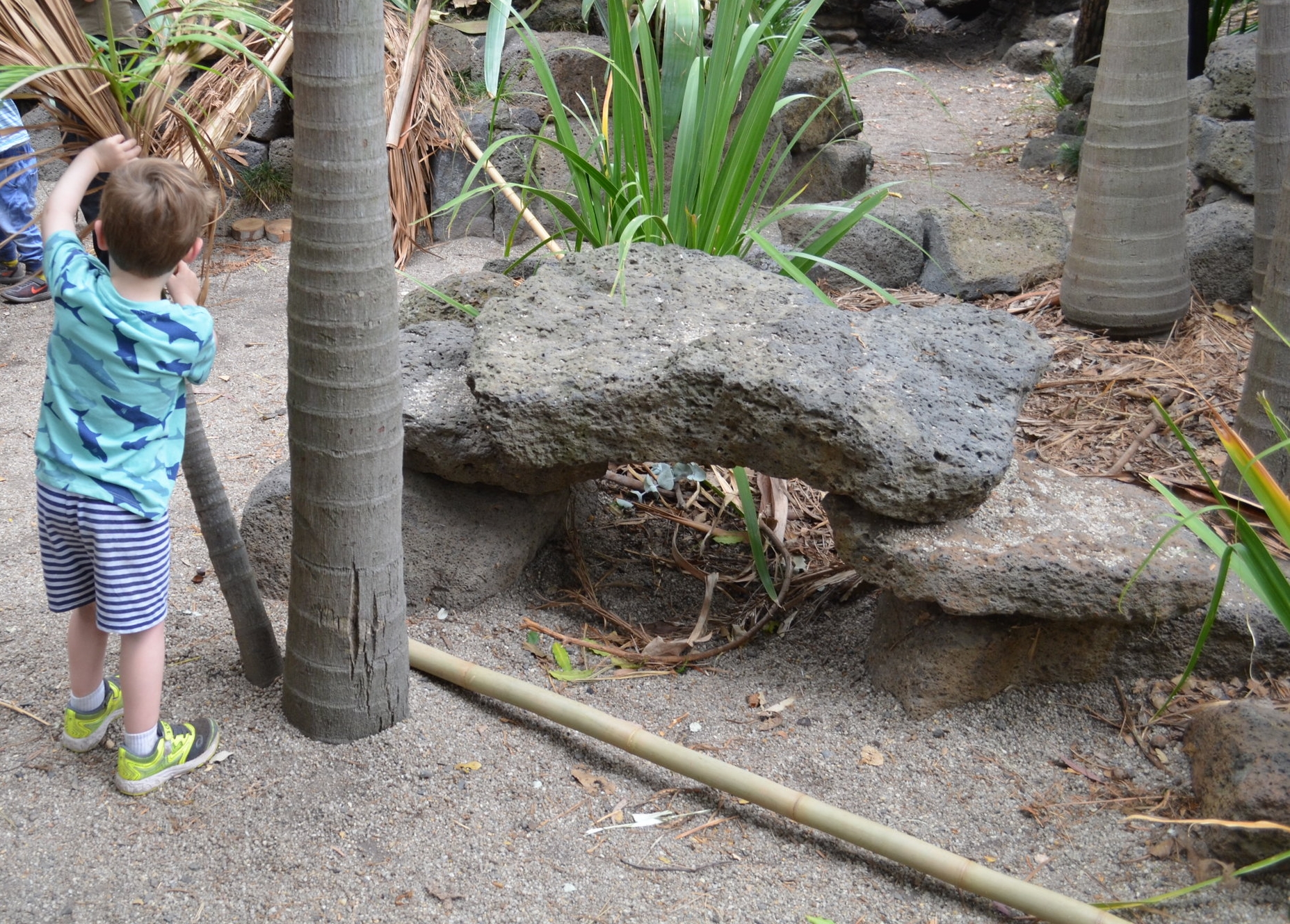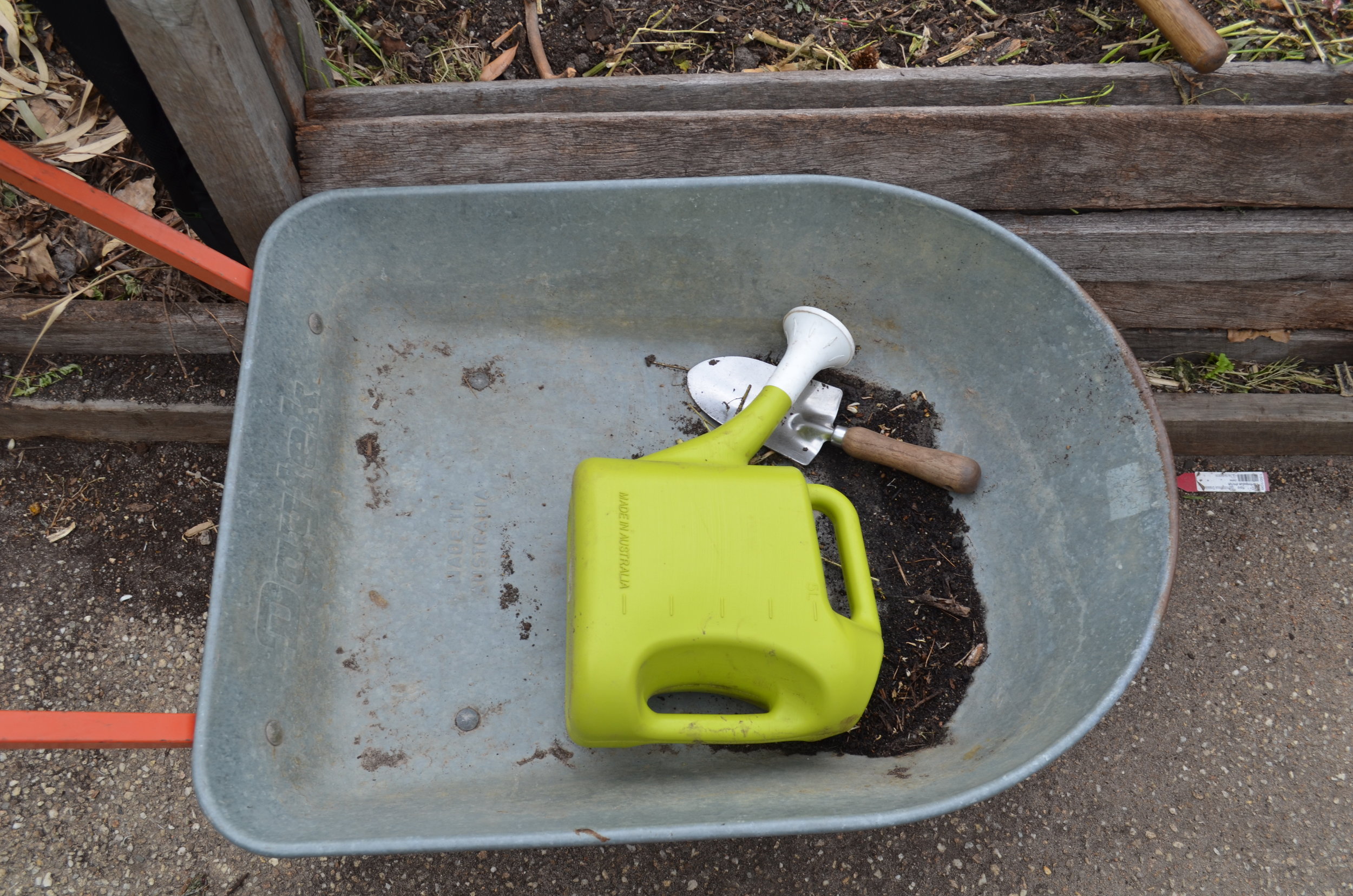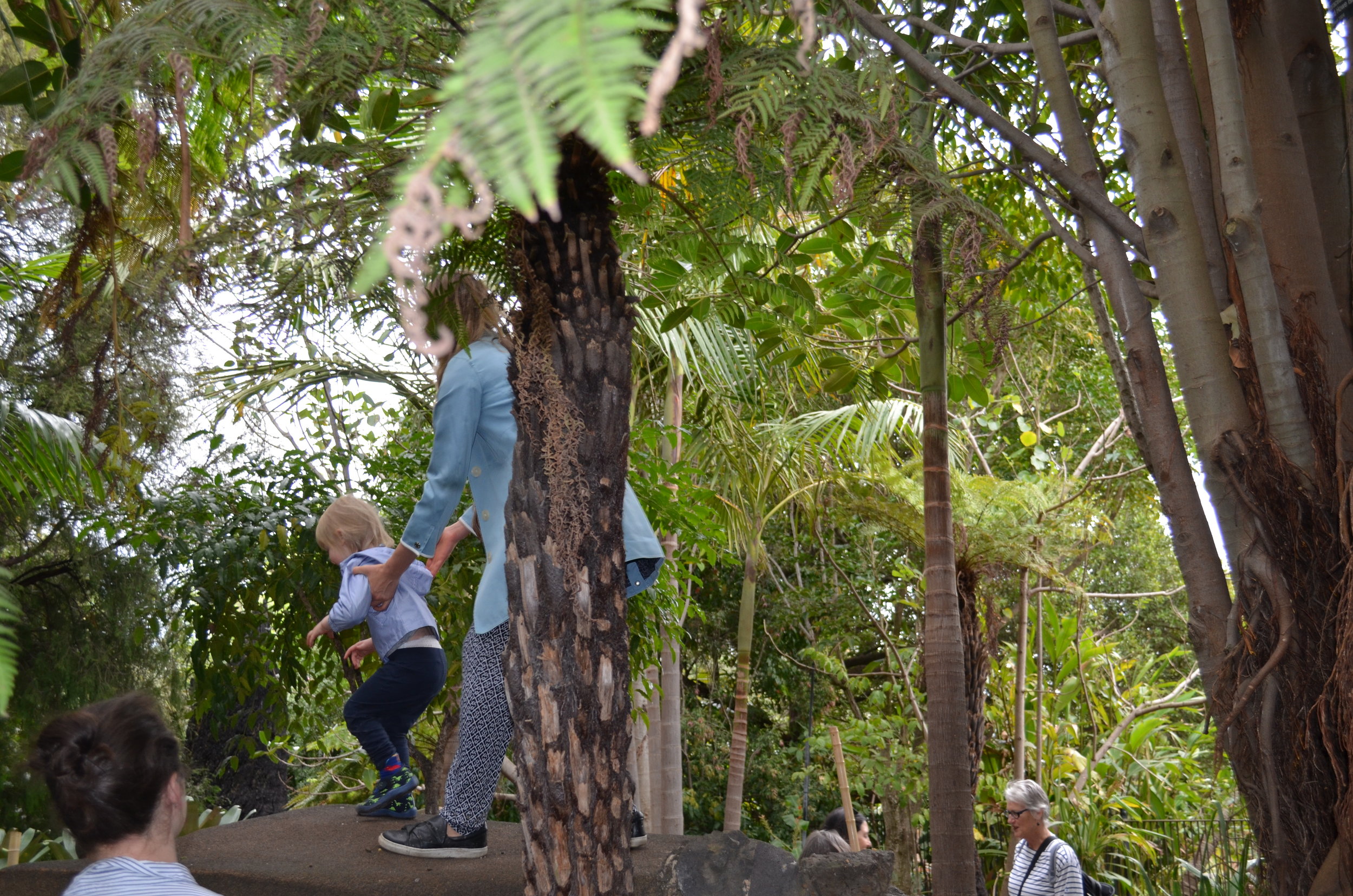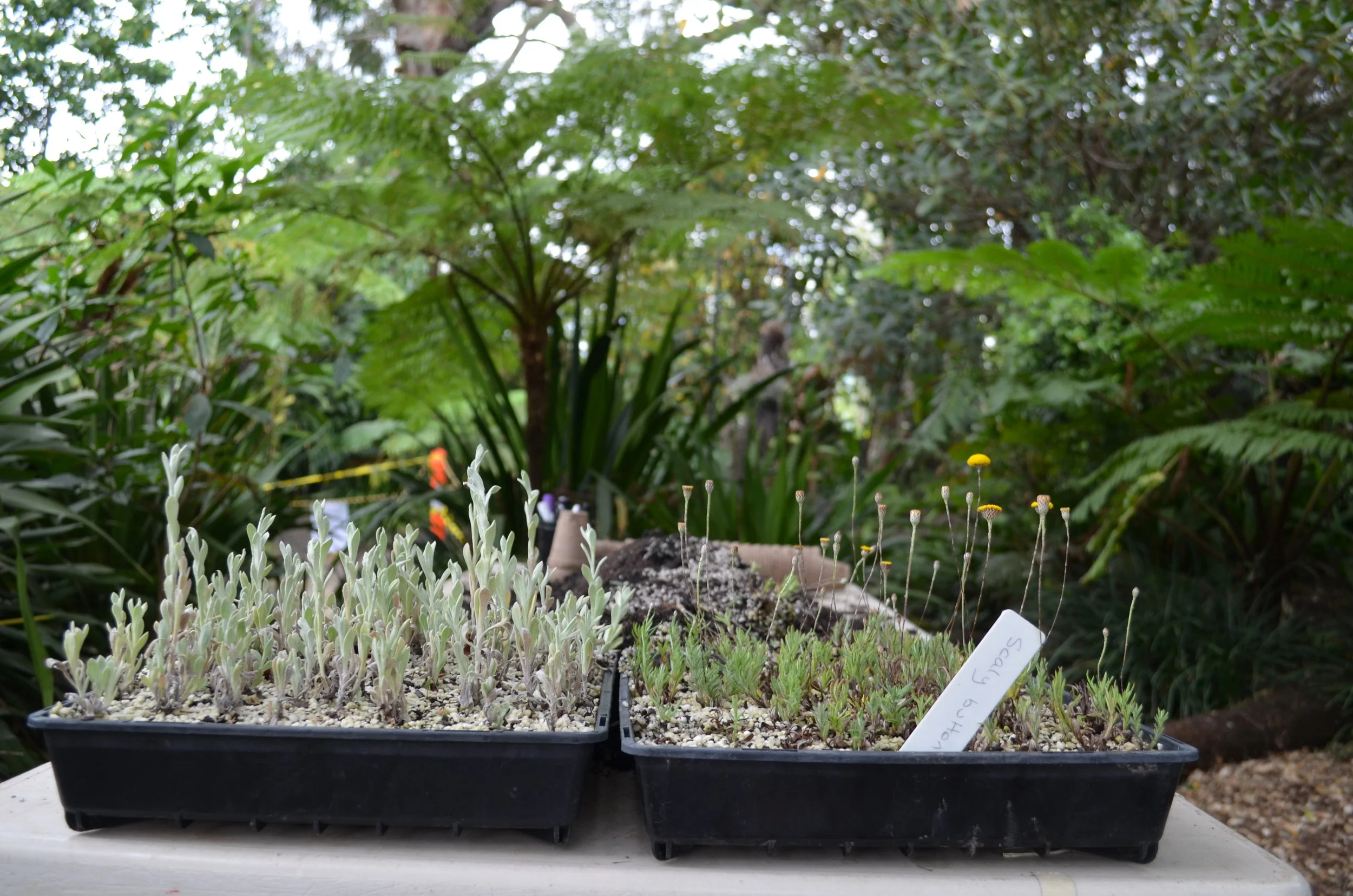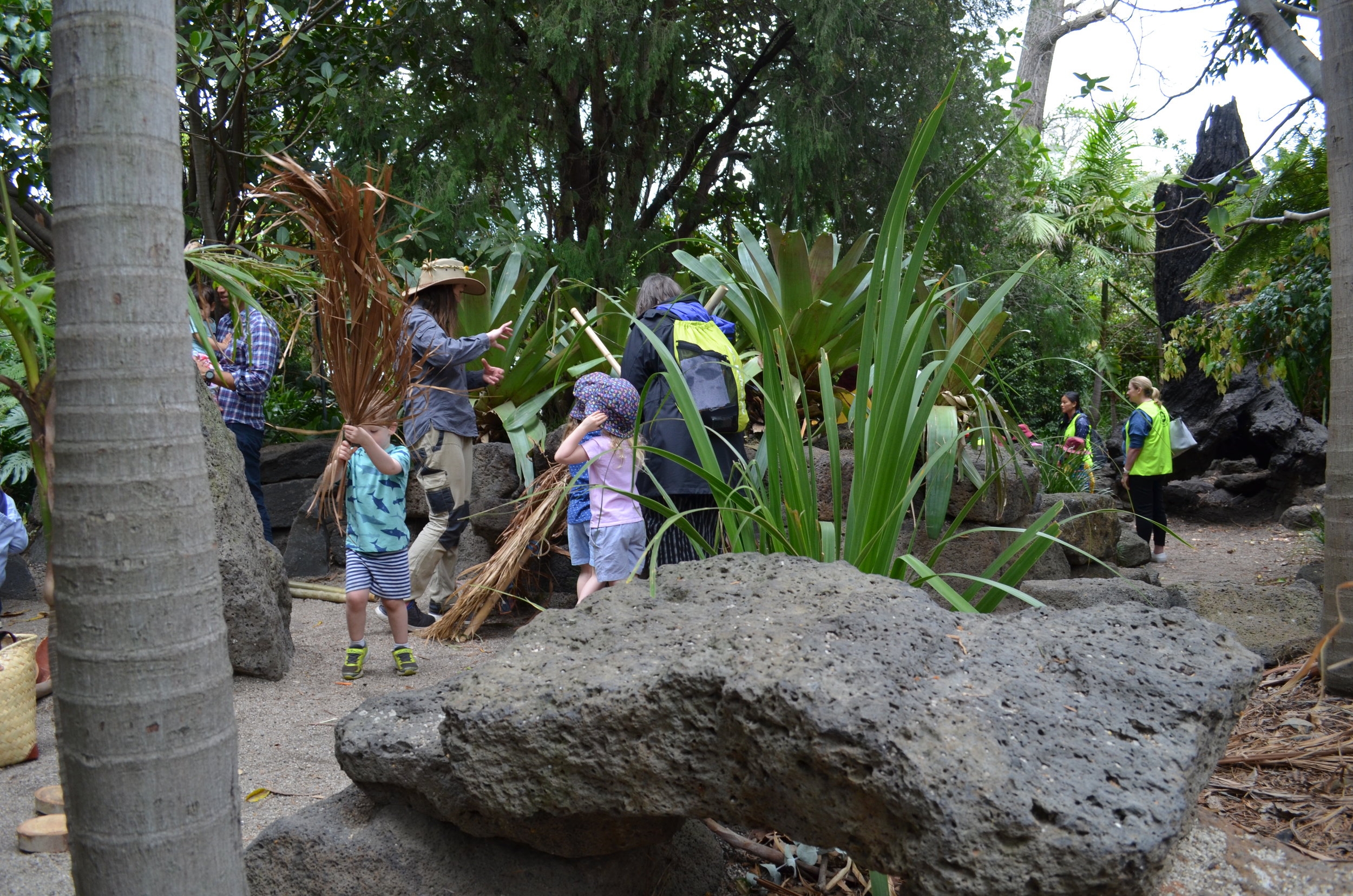Little Seeds Grow Future Generations
As we move further into the Royal Botanic Gardens, the Melbourne skyscrapers that once loomed large become inconspicuous, hidden among the tree tops. They no longer draw the gaze. The well tread footpaths snake around burgeoning garden beds and manicured lawns. Rhododendron trees tumble over the back fence in fuchsia pink and lilac hues. There’s precision to the space and there is also freedom. Plain trees send fallen seeds fluttering through the breeze like miniature butterflies. A passerby gently pulls a dusting out of her friend’s hair. They laugh as more sprinkles down from the trees above. This is Springtime in Melbourne, a glorious time of change and growth. During the Little Seeds program, children enjoy the new season, pocketing things that will hopefully stay with them for many seasons to come.
Children pitter patter in the Kitchen Garden across from the imposing Shrine of Remembrance on a mild morning in September. At their level, everything seems so big. They walk among the tree trunks and grasp at the leafy foliage that falls around their ears. They instinctively crouch down searching for interesting life forms that reside at ground level. For the next few hours, they are whisked away into the natural environment. Their imagination leads the way. Their guide gifts them with tidbits of information and they explore.
After planting some seeds on their first day of the eight week long program, the children disperse in the dappled shade of an alcove tucked away behind the main thoroughfare. A rocky structure has parents and grandparents ducking to gain entry. Meanwhile, the kids wander through with ease, motivated by what could be waiting on the other side.
Together the group builds tee-pee structures, using colourful pieces of ribbon that the learning facilitator Kim Colman provides in a big hessian basket. The structures are assembled and then the adults are left to finish the job as the children busy themselves with new discoveries. One child is busy swinging on a tree branch the same height as he; two girls follow one another higher and higher up to the tippy top of the rocky structure. Games are going on between others with detailed plots. Rich learning is taking place in subtle and considered ways.
“Child-led learning is a big part of the program. They make their own discoveries as we go,” said Kim.
The quote from American preschool writer and TV personality Fred Rogers springs to mind as one observes the children in full concentrated play mode: “Play is often talked about as if it were a relief from serious learning. But for children play is serious learning. Play is really the work of childhood.”
“Watching the beans grow over the weeks, the children always ask about it. There is a narrative. They really take it upon themselves, the responsibility to take care of their patch,” said Kim.
“This garden is for everyone and the children learn to have a familiarity with the gardens here, and they develop a sense of comfort and ownership when they return. They increase in confidence as they develop.”
Kim has a wonderful camaraderie with the children right from the beginning. She is a natural. With a background in performing arts and early years learning, she is well equipped to capture the children’s attention. As the morning goes on, her knowledge makes it all the more enjoyable for the parents and grandparents, too. They inspect the plants a little closer and share observations.
“We love seeing the adults connecting with plants and nature and remembering parts of their childhood, through finding plants they remember playing with, or that they have grown up eating,” said Kim.
“This program is relevant to Rachel Carson’s quote: ‘If a child is to keep alive his inborn sense of wonder… he[or she] needs the companionship of at least one adult who can share it, rediscovering the joy, excitement, and mystery of the world we live in.’”
Carson’s book the Silent Spring cautioned human kind early on of the dangers of pesticides. Carson was a conservationist, caring for the environment, the sentiment of which many environmentalists echo today. Carson’s book was published in 1962. A great deal has changed in environmental science, and yet, the basic rhythms of nature still need to be cared for, more greatly so and the future generations need to have a level of care and understanding to aid its survival.
Kim enjoys watching the children gain skills and then implement them during a favourite garden task. The confidence and zeal they have for performing small jobs shows a level of understanding. Lifelong skills are formed here in the garden.
The program runs for eight weeks and that enables growth, both in the children and in the garden. They observe the birds, the itsy bitsy creepy crawlies and the weather, right up close. Kim points out interesting seasonal change and helps the families to sow seeds. This is a great point of interest as the weeks pass by.
“Look! Look over here!” is a common catch cry in the kitchen garden. The children invest time in checking and examining the change and quickly become absorbed in their play.
“Some Little Seeders have taken an interest in a particular plant or job in the garden, and have shown great diligence and ownership in caring for it,” said Kim.
“Over the course of the term it has been lovely to observe the enquiry from the Little Seeders from week to week about such things as whether the pea shoots have grown, how the sunflowers are looking, whether the radishes have ripened etc, and it is wonderful to see engagement in the process of gardening playing a part in these important developmental progressions.”
Whether the children come for one session or participate in the whole eight weeks, friendships quickly form as they littlies hurry together in enthusiasm to share. Having their parent or carer with them seems to increase their risk taking, both physically and socially. Knowing that their loved one is close by enables the freedom to try. As they try new things, creativity flourishes.
“The Little Seeders have also shown a lot of creativity and have contributed their wonderful ideas by telling stories, giving names to things, and helping to design and make a scarecrow, naming him, and deciding what his favourite activities were!,” said Kim.
For some of the children, this is their garden as apartment living is on the rise. This green space is increasingly important as we have less of it. To buy a house with a back garden is now more difficult as prices continuing to climb. The Little Seeds program reinforces the importance to educating our young about the natural world, it is also good for their health to be outside, to be active, as it is for the adults.
The gardens provide us all with respite from the fast pace of the outside world. They also give us space to play, to move and to think in quiet surrounds. A commodity that is increasingly hard to find in the noise that envelops society.
As the morning draws to a close, we ramble through another part of the Children’s Garden.
“It is special because it is fluid,” said Danielle Walker who loves to work at the Botanical Gardens.
“It is partly child-lead. There is no right or wrong. During Little Seeds we only take what we need- things fallen on the ground. In summer, we call this the gathering lawn, near the banana palms. The water trickles through and the kids play in a safe space.”
“It really is amazing isn’t it,” Danielle says with a smile.
“Do you smell that? Beautiful. I think it is this tree here, I am not sure what it is but it is beautiful.”
The kids may not remember the name of that tree either, but they will remember the fragrance and how happy they felt as they raced by, off on another adventure in the great outdoors.
Article and photos by Sinead Halliday
Follow this link to discover more about Little Seeds: Early Years Nature Play and Gardening Program

